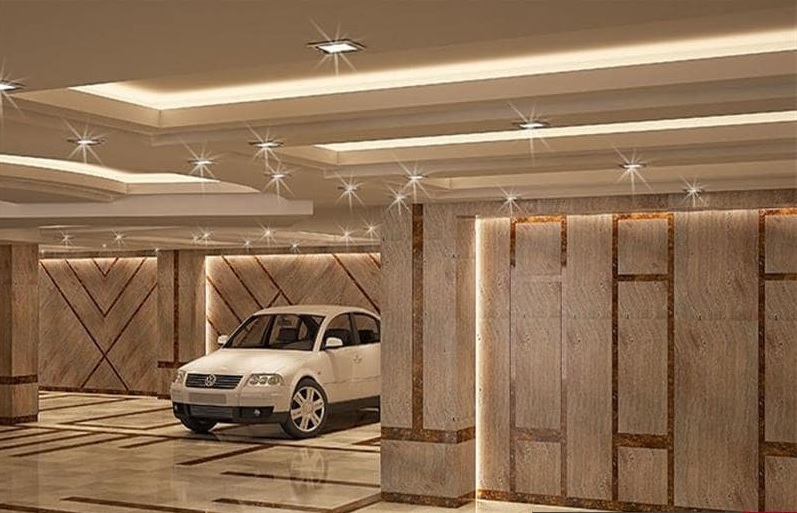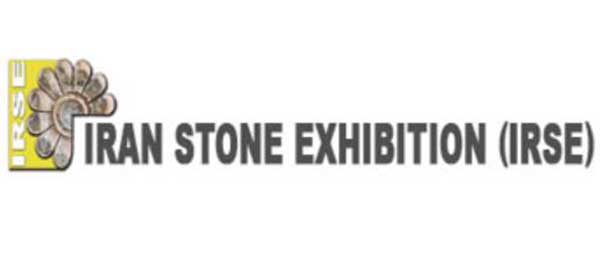Due to the high lime content, they have high water absorption and are less resistant to marble stones.
These stones should be used in places that are free from moisture. Due to its low hardness they are not suitable for use in high-traffic areas.
Limestone stones can be used for places far away from moisture and erosion, and the best place to use these stones is the interior walls of buildings, along stairs or parking walls.
Limestone is a good price and their colors are one-handed and are mainly cream and white.
Limestone stones are very well carved and are used for decorative purposes due to their masonry features and can easily be made into various shapes in the form of bowls, dishwashers and so on. They can be used in home appliances in general.
Due to the presence of clay minerals, these rocks are poorly polished and most of the surface is made of glass.
Types of Iranian Limestone that are available in the market are:
1- Marvdasht Limestone Stone
2- Kermanshah Limestone Stone
3- Mahabad Limestone Stone
4- Bojan Limestone Stone
5- Gohareh Limestone Stone
6- Bookan Limestone Stone
Lime Stone Benefits:
2- Its suitable price (economically affordable)
- Its uniform color
And the disadvantages:
1-High water absorption and low corrosion resistance.
- Limestone rock can only be recommended for places away from moisture and erosion, the best places to use include stairs or parking walls.
Difference between limestone, marble stone and Marmarit ( Persian Marble):
Marmarit stone is the result of sedimentation and deposition of calcareous minerals. Over time, the resulting sedimentary layer with a certain thickness becomes calcareous sedimentary rocks.
From a scientific standpoint there is no stone called Marmarit( Persian Marble) ;however, in Iran this stone is equivalent Marble stone.
Marble is a calcareous and metamorphic rock with a specific gravity greater than limestone and composed of calcite crystallite, dolomite, or both, with granular texture of a fine-grained fabric or mosaic.
From a commercial point of view, Marble comprises all metamorphic or non-metamorphic limestones as well as recrystallization. This stone is perfect for polishing and has a good polish.
Persian marble or Marmarit is available in red, white, green, yellow, lemon and other colors and its high quality is of export value.
The Persian marble or Marmarit mines of the country are especially in the central provinces, East Azerbaijan, West Azerbaijan, Isfahan, Fars, Khorasan and Lorestan.[/vc_column_text][/vc_column][/vc_row]



